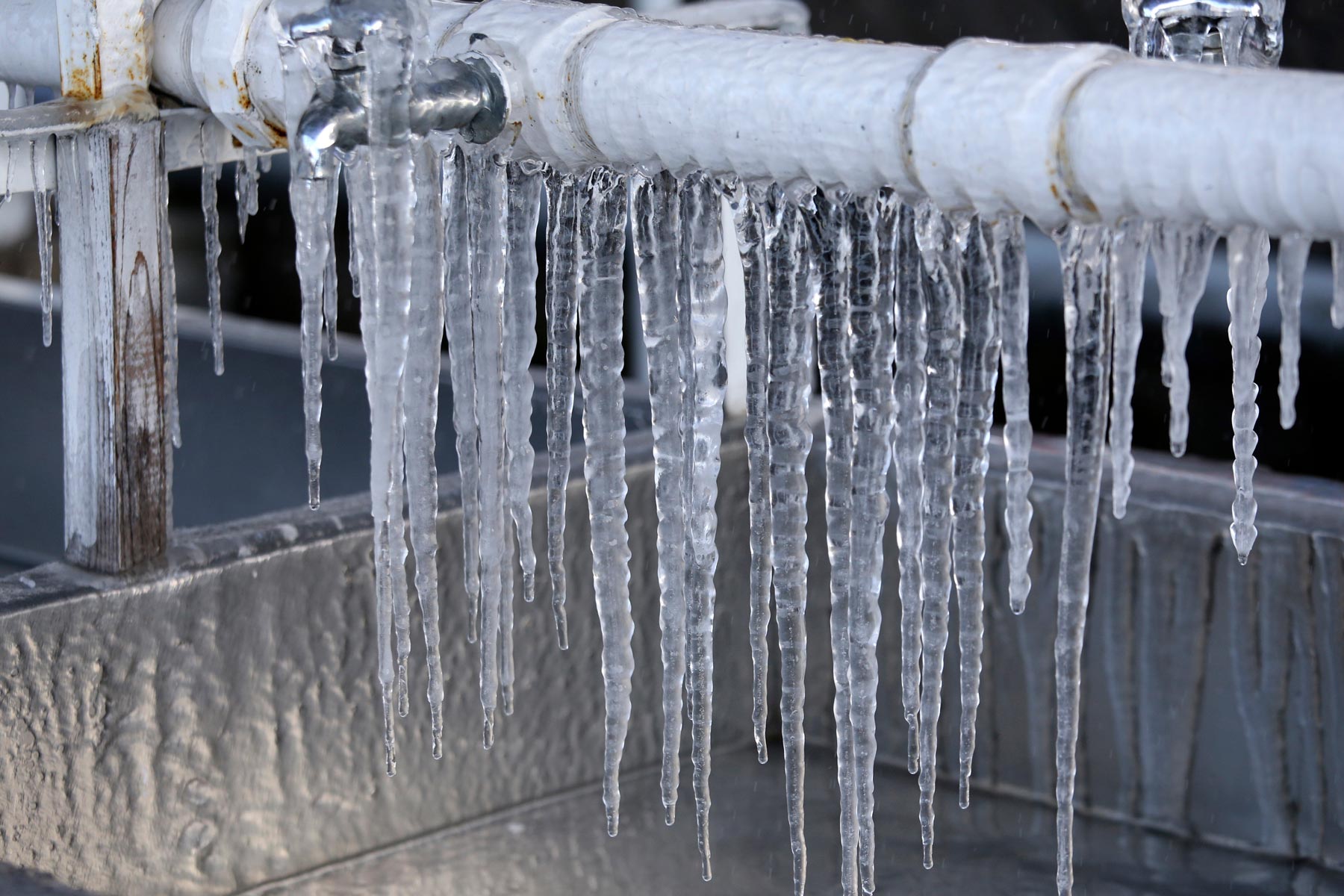Tips to Safeguard Your Pipes from Cold Weather: Expert Advice
Request EstimateThe author is making a few good points related to How to Prevent Your Pipes From Freezing in general in this article in the next paragraphs.

Cold weather can ruin your plumbing, particularly by freezing pipes. Here's just how to stop it from happening and what to do if it does.
Intro
As temperatures drop, the risk of icy pipes rises, possibly bring about costly repair services and water damage. Recognizing just how to prevent icy pipes is vital for homeowners in chilly environments.
Recognizing Frozen Pipelines
What creates pipes to ice up?
Pipes ice up when revealed to temperature levels listed below 32 ° F (0 ° C) for prolonged periods. As water inside the pipelines ices up, it expands, taxing the pipeline walls and possibly triggering them to burst.
Threats and damages
Icy pipes can lead to water supply disturbances, building damages, and pricey repair work. Burst pipes can flooding homes and cause comprehensive architectural damages.
Indications of Frozen Water Lines
Determining icy pipelines early can avoid them from rupturing.
How to recognize icy pipes
Look for reduced water flow from faucets, uncommon smells or sounds from pipelines, and noticeable frost on subjected pipes.
Avoidance Tips
Insulating vulnerable pipelines
Cover pipelines in insulation sleeves or make use of warm tape to protect them from freezing temperatures. Focus on pipelines in unheated or outside areas of the home.
Home heating strategies
Maintain indoor spaces appropriately heated, especially areas with plumbing. Open up cupboard doors to allow warm air to flow around pipes under sinks.
Protecting Exterior Pipes
Yard tubes and outside taps
Separate and drain garden tubes before winter months. Set up frost-proof spigots or cover exterior taps with insulated caps.
What to Do If Your Pipes Freeze
Immediate activities to take
If you believe frozen pipelines, maintain faucets open to alleviate pressure as the ice thaws. Utilize a hairdryer or towels soaked in hot water to thaw pipes gradually.
Long-Term Solutions
Architectural changes
Consider rerouting pipes away from exterior wall surfaces or unheated areas. Add added insulation to attic rooms, basements, and crawl spaces.
Upgrading insulation
Buy high-quality insulation for pipelines, attic rooms, and wall surfaces. Appropriate insulation aids preserve regular temperature levels and reduces the risk of frozen pipes.
Conclusion
Avoiding frozen pipelines requires proactive steps and fast actions. By comprehending the reasons, signs, and safety nets, homeowners can secure their plumbing during cold weather.
5 Ways to Prevent Frozen Pipes
Drain Outdoor Faucets and Disconnect Hoses
First, close the shut-off valve that controls the flow of water in the pipe to your outdoor faucet. Then, head outside to disconnect and drain your hose and open the outdoor faucet to allow the water to completely drain out of the line. Turn off the faucet when done. Finally, head back to the shut-off valve and drain the remaining water inside the pipe into a bucket or container. Additionally, if you have a home irrigation system, you should consider hiring an expert to clear the system of water each year.
Insulate Pipes
One of the best and most cost-effective methods for preventing frozen water pipes is to wrap your pipes with insulation. This is especially important for areas in your home that aren’t exposed to heat, such as an attic. We suggest using foam sleeves, which can typically be found at your local hardware store.
Keep Heat Running at 65
Your pipes are located inside your walls, and the temperature there is much colder than the rest of the house. To prevent your pipes from freezing, The Insurance Information Institute suggests that you keep your home heated to at least 65 degrees, even when traveling. You may want to invest in smart devices that can keep an eye on the temperature in your home while you’re away.
Leave Water Dripping
Moving water — even a small trickle — can prevent ice from forming inside your pipes. When freezing temps are imminent, start a drip of water from all faucets that serve exposed pipes. Leaving a few faucets running will also help relieve pressure inside the pipes and help prevent a rupture if the water inside freezes.
Open Cupboard Doors
Warm your kitchen and bathroom pipes by opening cupboards and vanities. You should also leave your interior doors ajar to help warm air circulate evenly throughout your home.

I discovered that piece on Prevent Frozen Pipes while perusing the web. In case you liked our post kindly remember to share it. Thanks a lot for going through it.
Click Here